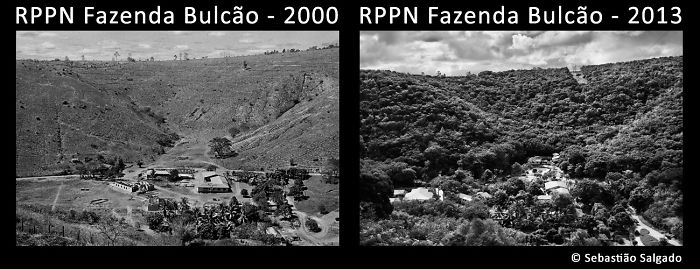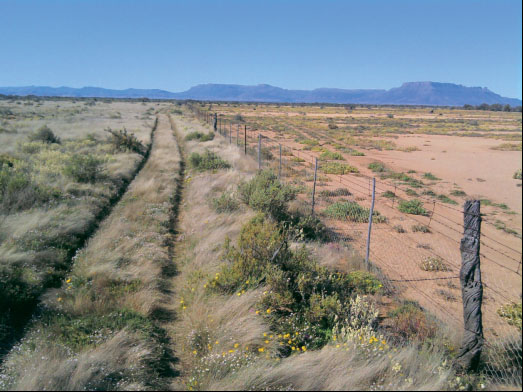
(Source: Boredpanda)
‘Regenerative’ is really a re-packaging of traditional agro-ecological approaches, with an added notion of leaving the land better than it was found.
Simon Ferrigno in ‘What goes around comes around’, Ecotextile News April/May 2021 edition, pp. 68 – 71
(also online, subscription required).
And indeed, the term has come into vogue (pun intended, see Vogue edition of May 2020). Suddenly every company’s aspiration is – in addition to ‘net zero’ or even climate positive – to be ‘regenerative’. So far another buzzword.
This though comes with a few interesting side effects, such as for example:
- Lack of in-house knowledge results in reliance on check lists approaches:
Most companies have precious little practical idea what that means – after all they’re not seasoned farmers or ecologists at all. As a consequence ‘manuals’ and certifications, all of them rather prescriptive in terms of methods and procedures, are being created. - Mix-up: Outcome vs procedures
Once more the disparity between ‘outcome’ vs ‘method’ is highlighted:
As the ‘outcomes’ are hard to quantify, and notably would need to do so on a very fine-granular level, procedures and methods are (somewhat) easier to check. Which is why they are being checked rather than the actual results. - Requirement for procedural compliance drives commercial commitment.
The absence of practical knowledges within companies also means – this is nothing new and applies to commodities already –that producers that do not certify or align in their approaches with the certifiable procedures miss out. They get ‘lost in public commitment translation’ if you wish to see it that way.
The issue once more underlines the gap between practices that used to be fairly common in the past, and their modern incarnation once rediscovered as valuable and important for the present times.
Regenerative agriculture is not the sole such topic of course.
But it is the latest one that exposes the disparity – or cynical paradox – of developments we have experienced in all industry in the last couple or so of centuries. Embodied in the challenge of modern society as we have built it to differentiate between what is good for one’s one (or a company’s/organisation’s) pockets, society at large, and -goes without saying – the natural environment and resources we draw from.
Maybe the interesting in this current take up of the concept of ‘regenerative agriculture’ is the fact that for the farmers involved, hence those knowing and working the land, it is much more than a commercial decision.
Regenerative agriculture is a way of life, indeed a way of looking at the world from the ‘inside out’. A code of ethics.

Left: improved soil health; right: land grazed ‘as usual’
Outcomes is what matters
Outcomes it what matters, and this is nowhere more clearly of relevance than when we talk about the eco-system, soil, biodiversity. Outcome must be the one thing decisions are driven by.
On the topic of fibre selection in the textile industry Phil Patterson recently wrote:
[…] we need data, evidence and above all, objectivity to make good decisions on raw material fibre selection. When we choose to subjectively seek ‘evidence’ to back up our pre-conceptions, rather than looking at evidence to form our views, bad decisions are usually the ones that are made.
Phil Patterson in ‘Untwisting the yarns’, Ecotextile News April, May 2021 edition, pp. 56 – 58
(also online, subscription required)
The same applies to other industries, beyond textiles, too.
And without a shade of doubt notably so when it comes to regenerative agriculture and its implementation.
Outcome is what matters.
But there are numerous roads that lead to Rome as the proverb goes.
Which is worth reminding. Just as long as they indeed lead to Rome, each of them gets us to where we need to go.

